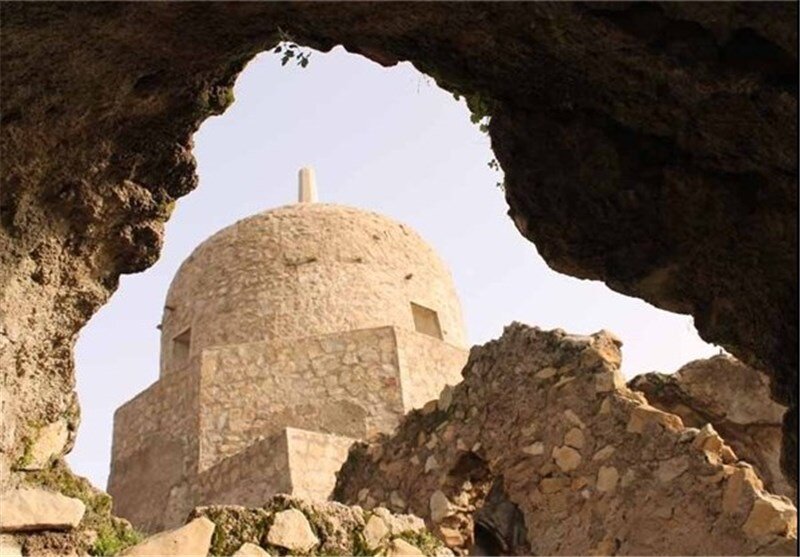Archaeologists in southwest Iran excavate forgotten fortress

TEHRAN – Amid the semi-arid plains of Dehdasht in southwest Iran, archaeologists are working to excavate the remnants of an ancient and long-forgotten fortress.
On the one hand, the archaeological project is aimed to shed light on the fortress’s towers and ramparts, and on the other hand, it seeks to uncover clues about the history of Dehdasht during the early Islamic eras, CHTN quoted archaeologist Hossein Sepidnameh as saying on Tuesday.
Elsewhere in his remarks, Sepidnameh expressed hope that the digs would collect further evidence needed for documentation of the site for an unlimate goal of being inscribed on the UNESCO list.
“Preventing the further destruction of the citadel, and studying its formation process and architectural details, are other goals of the archaeological survey, which are necessary for possible registration of the fortress on the UNESCO World Heritage list.
An earlier excavation conducted in 2020 yielded relics such as pottery fragments, which paved the way for the discovery of some parts of the fortress, he explained.
“Furthermore, archaeological surveys suggest the fortress had been restored at least three times.”
Situated in Kohgiluyeh and Boyer-Ahmad province, the ancient city of Dehdasht (Belad Shapur) was built upon the order of Shapur I, also known as Shapur the Great, (reigned 241 CE–272), who was the second king of the Sassanid Dynasty.
Under his leadership, the empire stretched from Sogdiana and Iberia (Georgia) in the north to the Mazun region of Arabia in the south; in the east, it extended to the Indus River, and in the west to the upper Tigris and Euphrates rivers valleys.
Under Sassanids, Persian art and architecture experienced a general renaissance. Architecture often took grandiose proportions such as palaces at Ctesiphon, Firuzabad, and Sarvestan which are amongst the highlights of the ensemble.
Crafts such as metalwork and gem-engraving grew highly sophisticated, yet scholarship was encouraged by the state. In those years, works from both the East and West were translated into Pahlavi, the language of the Sassanians.
Rock-carved sculptures and bas-reliefs on abrupt limestone cliffs are widely deemed as characteristics and striking relics of Sassanian art, top examples of which can be traced at Bishapur, Naqsh-e Rostam, and Naqsh-e Rajab in southern Iran. In 2018, UNESCO added an ensemble of Sassanian historical cities in southern Iran -- titled “Sassanid Archaeological Landscape of Fars Region”-- to its World Heritage list.
Kohgiluyeh and Boyer-Ahmad province is known for its nomads and nomadic life. Sightseers may live with a nomadic or rural family for a while or enjoy an independent stay and assist them with day-to-day life. It also opens up an opportunity to feel rustic routines, their agriculture, traditions, arts, and culture.
AFM
Leave a Comment